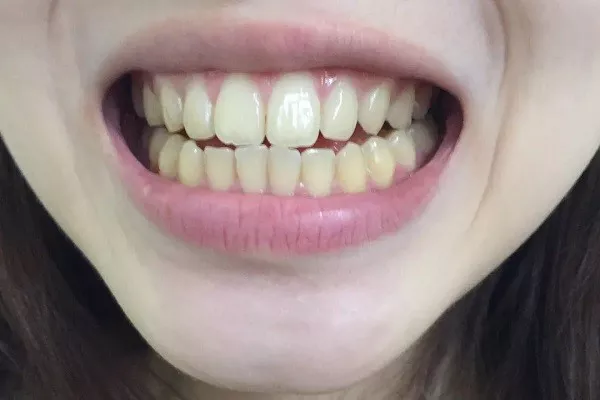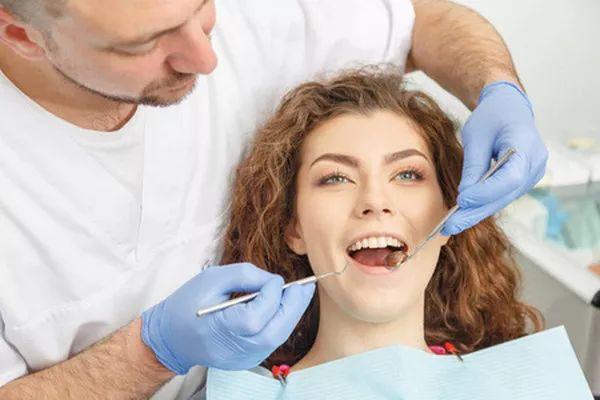The appearance of teeth varies among individuals around the world, and one common perception that has garnered attention is the notion that some British people have yellow teeth. While it’s important to recognize that teeth color can vary widely across populations, there are specific factors that may contribute to this perception. In this article, we will explore the potential reasons why some British individuals might have teeth that appear yellow and discuss solutions for achieving and maintaining a bright and healthy smile.
Dietary Habits and Staining
One factor that can influence tooth color is dietary habits. Certain foods and beverages can contribute to teeth staining over time. In the case of some British individuals, dietary preferences and cultural practices might contribute to teeth discoloration:
Tea Consumption: Tea is a widely consumed beverage in the United Kingdom. While it offers numerous health benefits, regular consumption of tea, especially black tea, can lead to teeth staining due to its tannin content.
Coffee Consumption: Similar to tea, coffee is enjoyed by many individuals in the UK. The dark pigments in coffee can contribute to tooth discoloration.
Red Wine: For those who enjoy a glass of red wine, the pigments in the wine can also contribute to teeth staining.
Tobacco Use
Tobacco use, including smoking and chewing tobacco, is a significant factor that can lead to yellowing of teeth. The nicotine and tar in tobacco products can cause teeth to take on a yellowish hue. In the UK, while smoking rates have decreased over the years, some individuals still engage in tobacco use, which can impact their teeth’s appearance.
Poor Oral Hygiene Practices
Maintaining proper oral hygiene practices is crucial for preventing teeth discoloration. Inadequate brushing, flossing, and regular dental check-ups can lead to the buildup of plaque, tartar, and stains on teeth surfaces. Individuals with suboptimal oral hygiene routines might experience teeth discoloration, including a yellowish tint.
Age and Enamel Thinning
As individuals age, natural changes in the teeth can lead to a more yellowish appearance. Over time, the enamel—the protective outer layer of the teeth—can naturally thin, revealing the dentin layer beneath. Dentin is naturally yellowish in color, and as the enamel thins, the dentin’s hue becomes more visible, contributing to the appearance of yellow teeth.
Genetics and Inherent Variations
Genetics play a significant role in determining tooth color. Some individuals are genetically predisposed to have teeth that are naturally yellower than others. Genetic variations in enamel thickness, dentin color, and other factors can contribute to inherent differences in tooth color across populations.
Solutions for Achieving a Brighter Smile
While some factors might contribute to yellow teeth, there are several effective solutions for achieving a brighter smile:
Professional Teeth Whitening: Dentists offer professional teeth whitening treatments that use safe and effective bleaching agents to remove stains and enhance tooth color.
Improved Oral Hygiene: Maintaining a consistent oral hygiene routine, including regular brushing, flossing, and professional dental cleanings, can prevent stains and promote overall oral health.
Dietary Modifications: Limiting the consumption of staining foods and beverages, or using a straw to minimize direct contact with teeth, can help prevent future discoloration.
Smoking Cessation: Quitting smoking and avoiding tobacco use can significantly improve tooth color and overall oral health.
Cosmetic Dentistry: For individuals seeking long-lasting solutions, cosmetic dentistry options such as veneers or bonding can provide a dramatic improvement in tooth color and appearance.
Conclusion
In conclusion, the appearance of yellow teeth among some British individuals can be influenced by a combination of factors, including dietary habits, tobacco use, oral hygiene practices, age-related changes, genetics, and more. While teeth color can vary naturally, individuals concerned about tooth discoloration have access to a range of effective solutions, from professional teeth whitening to cosmetic dentistry options. Maintaining proper oral hygiene practices, making conscious dietary choices, and seeking professional dental care can contribute to achieving and maintaining a bright and healthy smile. It’s important to remember that variations in tooth color are normal and should not overshadow the importance of overall oral health and well-being.
Related Topics:































